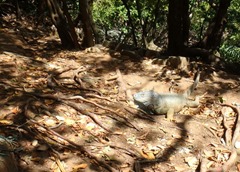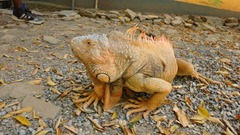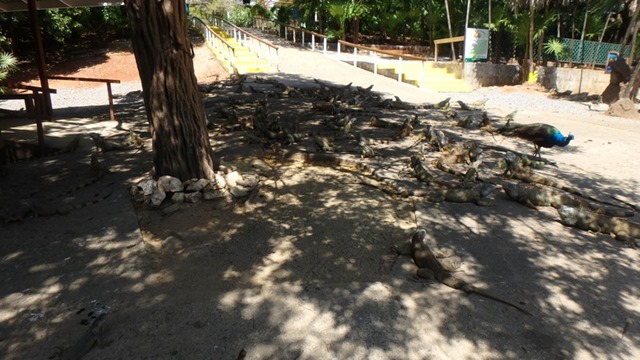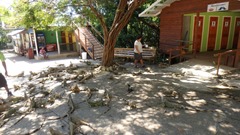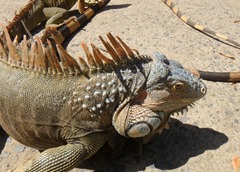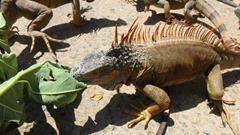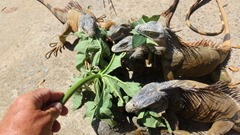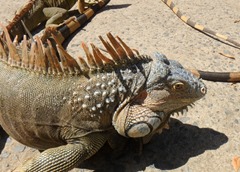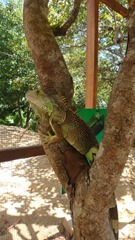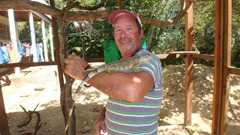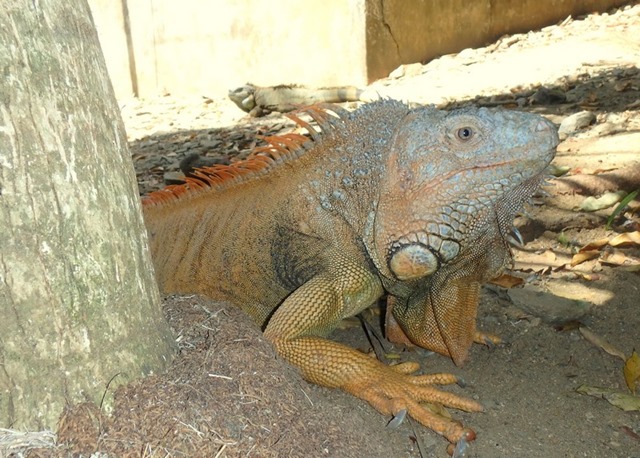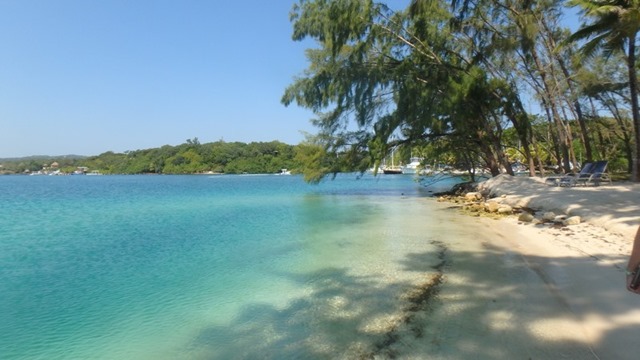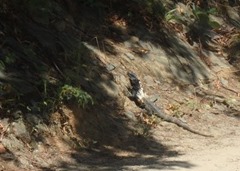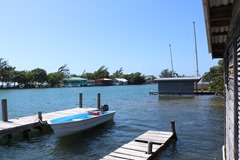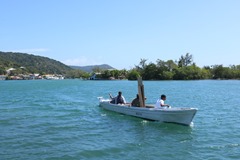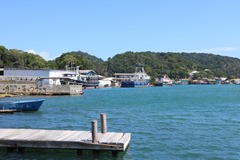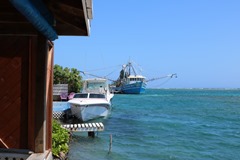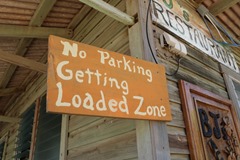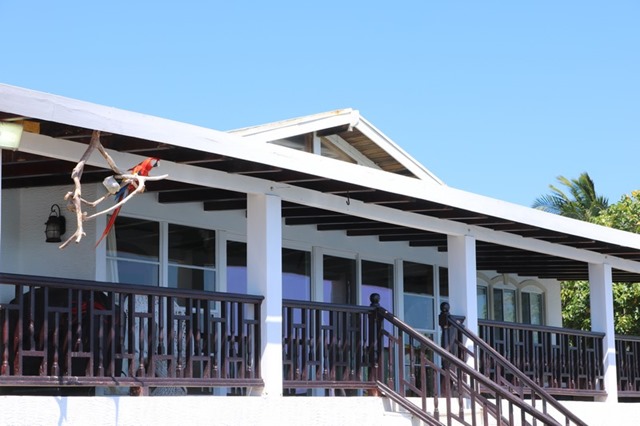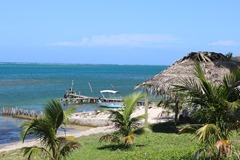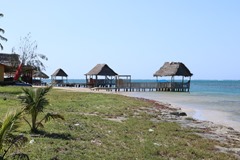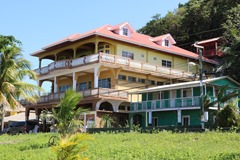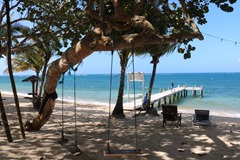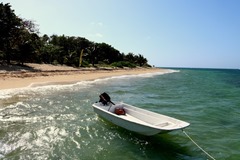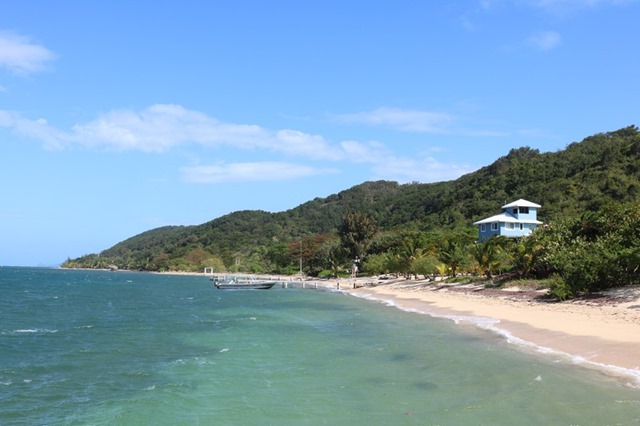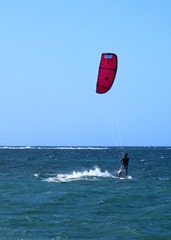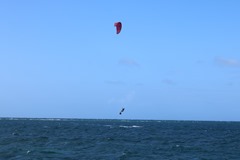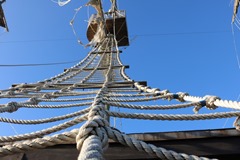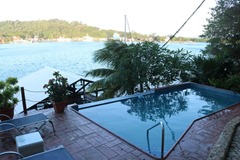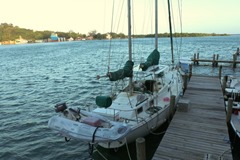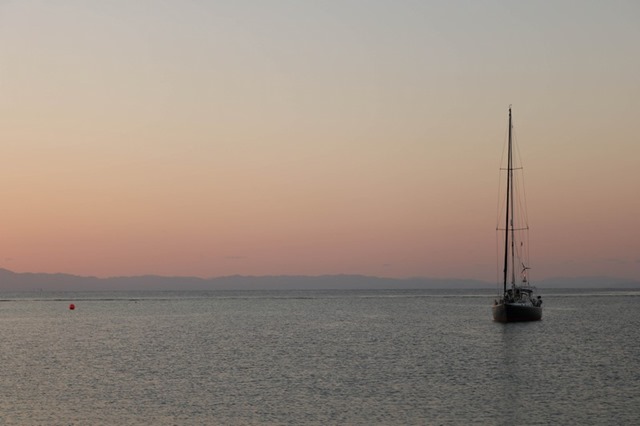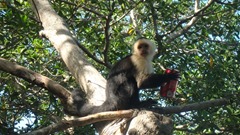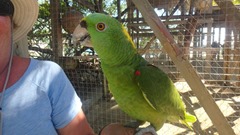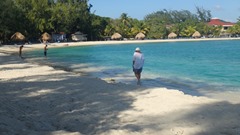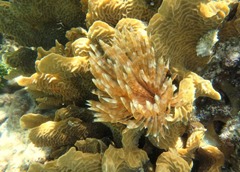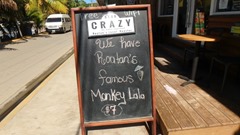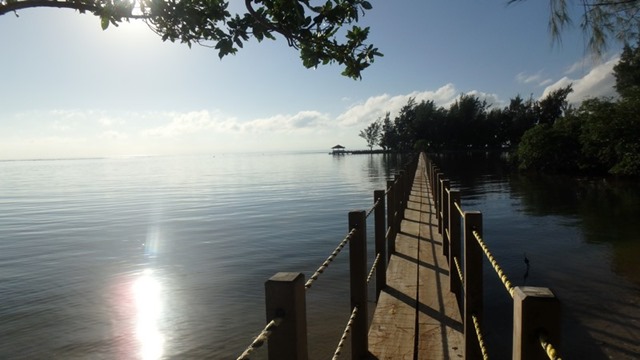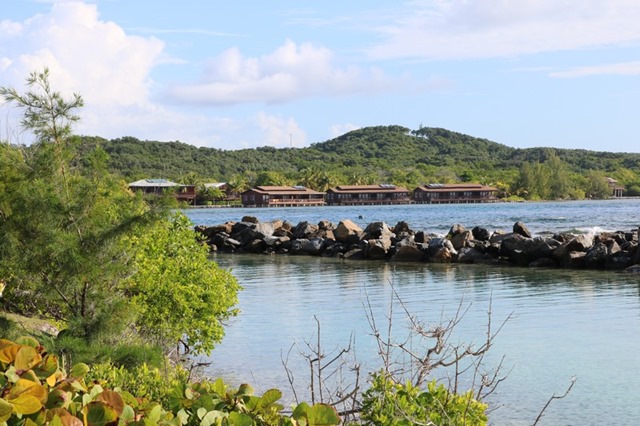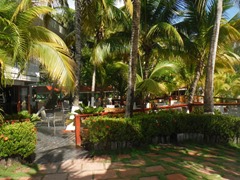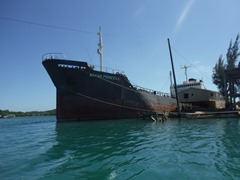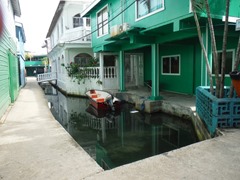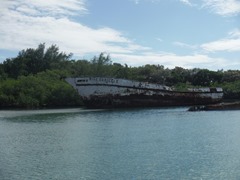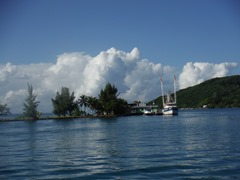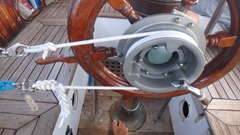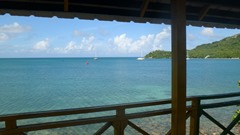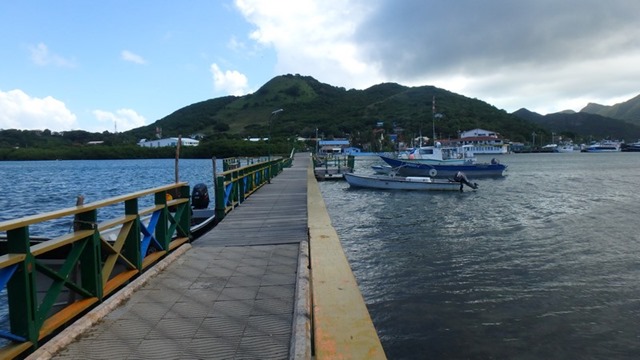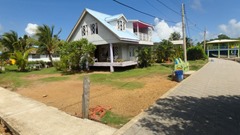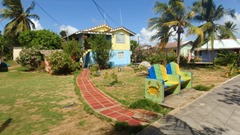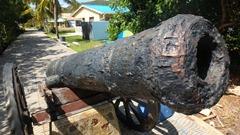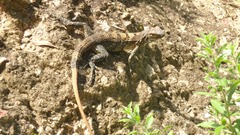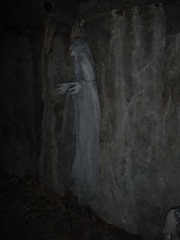Post Views:
1,566
Number of View: 0


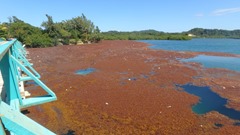
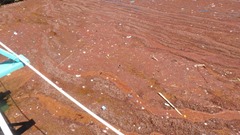
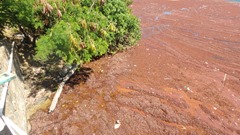
Sargassum is abundant in the ocean. Upon close inspection, it is easy to see the many leafy appendages, branches, and round, berry-like structures that make up the plant. These “berries” are actually gas-filled structures, called pneumatocysts, which are filled mostly with oxygen. Pneumatocysts add buoyancy to the plant structure and allow it to float on the surface.
Floating rafts of Sargassum can stretch for miles across the ocean. This floating habitat provides food, refuge, and breeding grounds for an array of critters such as fishes, sea turtles, marine birds, crabs, shrimp, and more. Some animals, like the Sargassum fish (in the frogfish family), live their whole lives only in this habitat. Sargassum serves as a primary nursery area for a variety of commercially important fishes such as mahi mahi, jacks, and amberjacks.
When Sargassum loses its buoyancy, it sinks to the seafloor, providing energy in the form of carbon to fishes and invertebrates in the deep sea. Sargassum may also provide an important addition to the food sources available in the deep sea.
Because of its ecological importance, Sargassum has been designated as Essential Fish Habitat, which affords these areas special protection. However, Sargassum habitat has been poorly studied because it is so difficult to sample. Further research is needed to understand, protect, and best conserve this natural resource.
Taken from the NOAA website, National Oceanic and Atmospheric Administration
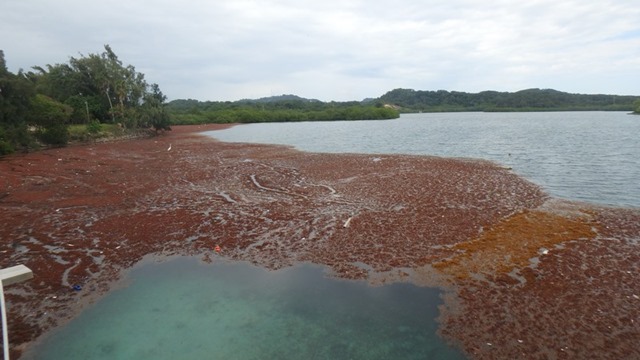
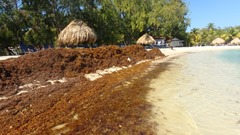

Since we have had a southeast wind for the last little while, the island has masses of this floating weed pushed in to most of the bays, plastics of all kind are mixed in. Workers at the resort raked and picked up, and trucked away all the debris in a couple of days, leaving the beaches, pristine once again.


The main port , French Harbour is open but the small bays are covered with this floating mess. We got stuck and had to paddle up to the dock, where we were greeted by the attendant with his small fury friend. This is usually the easy access to town, which is a short walk.
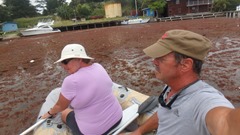

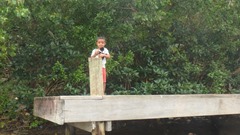
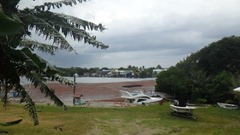
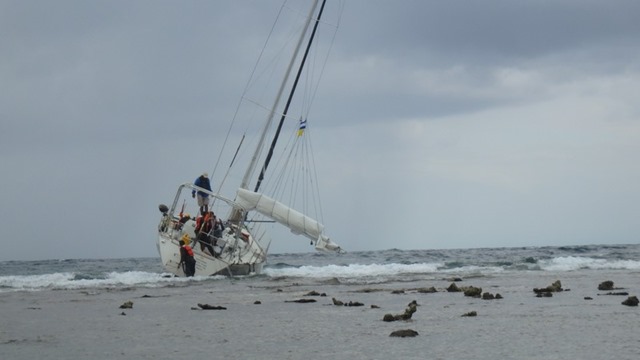
Early, this morning we came across this boat stricken on the reef. So sad to see someone lose their home and dreams, and brings to mind the dangers of sailing.

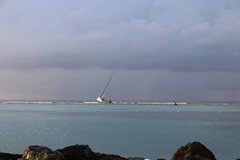
Soon after leaving the boat, the first of the looters showed up.




